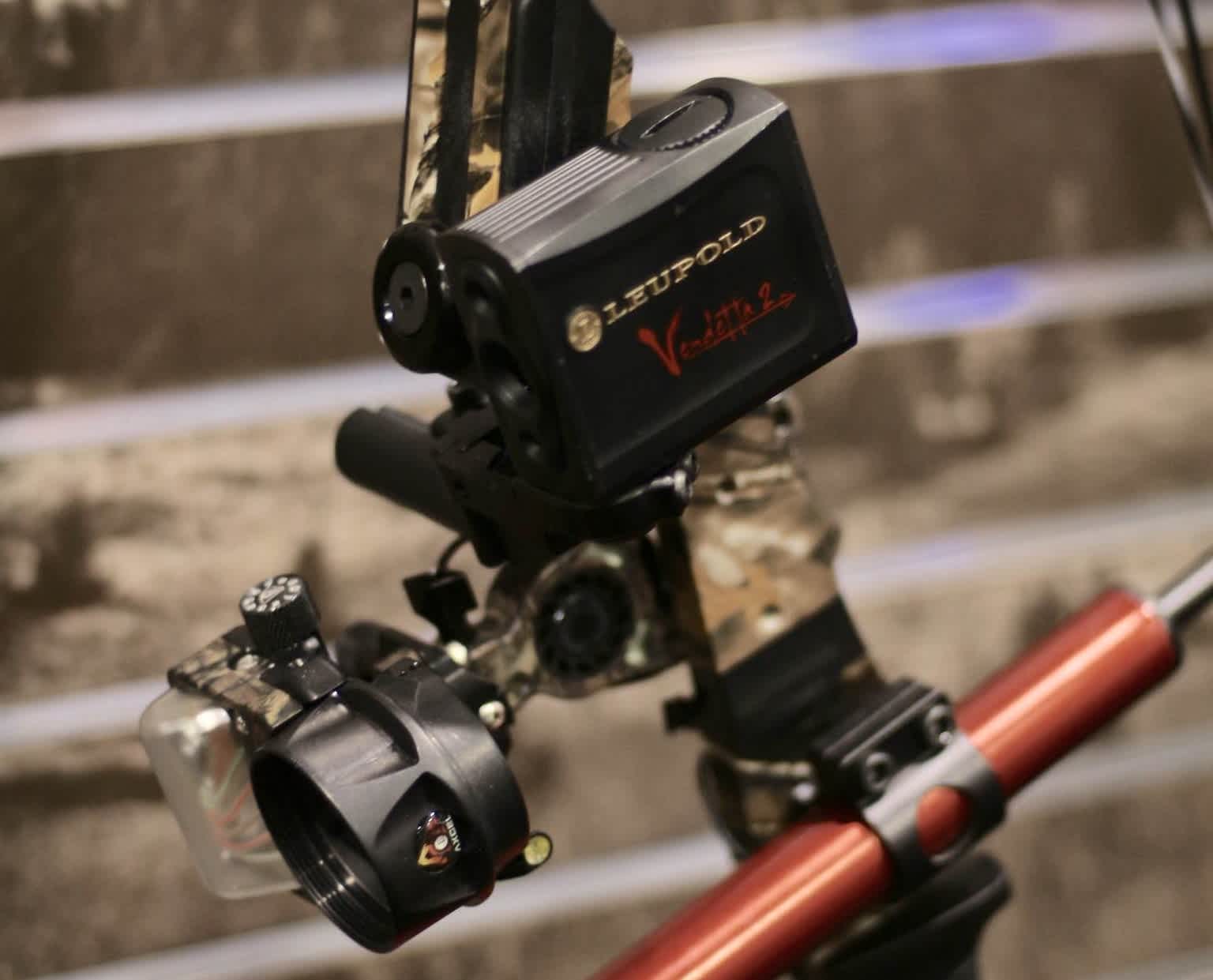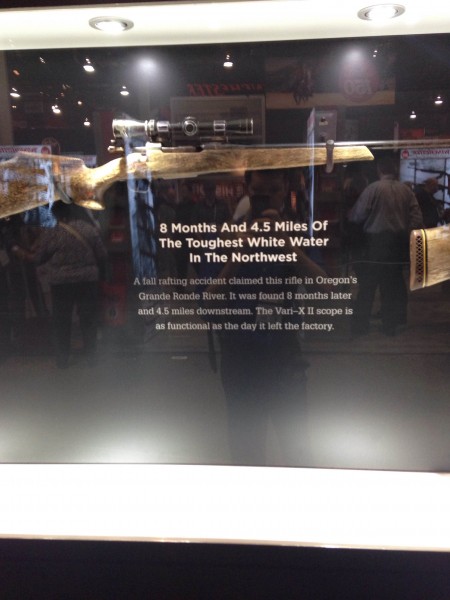Leupold to Release Updated Optics, Soft Goods Line in 2016
Edward Osborne 01.22.16

As one of the longest-running optics manufacturers on the planet, Leupold is a SHOT Show staple. I took a look at Leupold’s new offerings for 2016 and found a few standard improvements and a few unexpected surprises.
First, the VX-3 rifle scopes have been upgraded to the new VX-3i family. The biggest change here is the scope’s improved low-light performance and a reduced price tag. Depending on the magnification and reticle choice, the VX-3is are expected to be almost $100 less than their VX-3 predecessors. A redesigned magnification control has also been incorporated into the -3is.
The BX-3 Mojave Binoculars also saw a minor revision this year, with new 50mm Pro Guide models. These large-lens binoculars offer a 15 percent wider field of view than their compact counterparts.
New is the SX-2 Kenai 2 spotting scope. For years the Leupold Gold Ring has been a popular spotter, but those premium scopes lack the magnification range some shooters need. The Kenai is a proper long-range spotter with 20-60x magnification and a massive 80mm lens. This upgrade to the original Kenai has rubber armor built into the chassis and is available in straight and angled models.
The DeltaPoint Pro isn’t exactly new this year, but Leupold has confirmed that the micro red dots are finally at full production levels and that the original DeltaPoint has reached the end of its life cycle.

The TBR rangefinder family has been updated with a “W” demarcation for wind. While the laser unit doesn’t measure wind data, the ballistic calculator inside now displays a wind hold based on the shooter’s load and range in mils, MOA, or inches. The limitation with this system is that its only calculation is based on a 10 mph wind at 90 degrees to the shooter—so it will be a rough estimate for those days with a modest breeze when a quick ballpark is necessary to take the shot, but it won’t produce accurate wind calls in a blustery environment.
Another Leupold classic that’s seen a minor upgrade is the Vendetta archery rangefinder. Rather than an optic with internal display, this bow-mounted rangefinder uses an LED display to put range information in the archer’s line of sight. While the Vendetta itself has remained unchanged, a new mounting system addresses some of the difficulties hunters had when trying to install the Vendetta at home.

The most surprising things at the Leupold booth didn’t have an ounce of glass in them at all. A new line of clothing, packs, and bags has the company expanding into unfamiliar territory. I was surprisingly impressed with Leupold’s new binocular harness and Recon Go Bag, both of which integrate a stellar design for a bino pocket. I’ve carried lots of binoculars over some long hunts and hikes, and often came away disappointed in the harness functions. My Sitka system uses a loud zipper, with a modest magnet that will flop open if I leave it unzipped. I tried a Badlands, with their popular magnet-zip system, but found it to be a large case with a small pocket that could be pulled open unintentionally when crawling or stalking. I couldn’t fit my full size 10x42s into it, and my compact 8x36s rattled around.
The Leupold system uses an elastic and hook flap, so there’s no zipping or Velcro sound. Because the top lid of the case actually extends down over the binoculars, they’re much more secure than other bags and carriers.
Leupold’s also go a light backpack, an optics/camera bag, and a rifle bag with an integrated shooting mat. The new softgoods come with a premium price tag—the rifle bag is expected to be over $400, with the others hovering around the $100 to $200 mark.
Last year Leupold was demoing their new D-EVO optic at a separate booth using a Ti virtual range. The range was back this year, with its CO2-powered simulation rifles and laser projection system. This year though there were also some hands-on demonstrations from the Leupold custom shop. Disassembled scopes, laser engraving machines, and anodization coatings were all on display. My personal favorite was a tray of wire reticles, removed from their scope housings and only barely visible to the naked eye. The basic V-plex is only the size of a quarter and precisely put-together in order to get the round on target.
This year, before I toured their booth and checked out the new products, I took the time to admire their Hall of Fame/Shame. This museum display outside the booth featured four lost and damaged rifles that had been recovered years later with their optics intact. Take a look at the trials and tribulations visited on these poor abandoned firearms:
8 months and 4.5 miles of the toughest whitewater in the Northwest
A fall rafting accident claimed this rifle in Oregon’s Grande Ronde River. It was found eight months later and 4.5 miles downstream. The Vari-X II scope is as functional as the day it left the factory.
Survival at 4,000 feet for 11 years in Idaho
This Weatherby Mark V was found at 4,000 feet and brought into a sporting goods store where it was later identified by the owner as the rifle he had lost on a hunting trip 11 years earlier. The Leupold 2-7x scope is fog-free and fully functional.
3.5-year endurance test in Alaska
A moose hunter lost this rifle after falling into a stream in Alaska’s Copper River Delta. The rifle was found in a beaver dam 3.5 years later by a friend hunting the same unit. The Gold Ring scope performs as good as the day it was made.
Over 2 years in a Georgia ground blind
This Ruger 77 was found in a ground blind in southern Georgia by a hunter who had hunted out of the same blind two years earlier. Who the original gun owner was may never be known, but what is known is that the 3-9x Leupold still works flawlessly.





